Table of Contents
Let's be honest, dealing with curly hair can sometimes feel like a full-time job. You want volume, shape, and definition without the dreaded triangle head or layers that just don't seem to work with your natural texture. If you've been scrolling through hair inspiration lately, you've probably seen the butterfly cut popping up everywhere. But does this trendy layered style actually work for curls? The answer is a resounding yes, when done right. The butterfly cut is designed to give you dramatic, face-framing layers and shorter layers on top that mimic the look of longer hair when styled, creating serious volume and movement. It's become a go-to for adding life to various hair types, but applying the butterfly cut hair curly hair requires a specific touch. This article will walk you through why this cut is a game-changer for curls, different ways it can be adapted for various curl patterns, how to style it to maximize its potential, and essential tips for keeping your butterfly cut looking fresh and fabulous. Get ready to transform your curly mane.
Understanding the Butterfly Cut for Your Curls
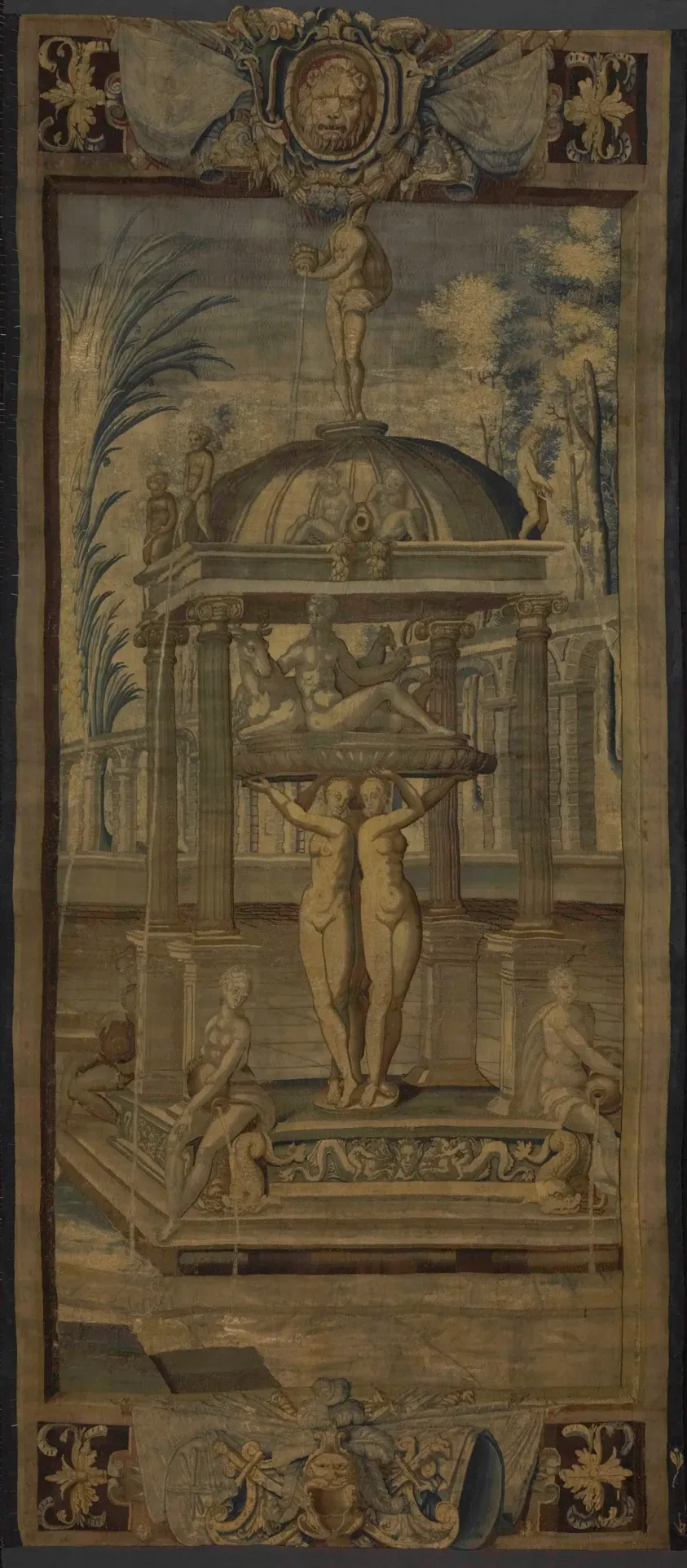
Understanding the Butterfly Cut for Your Curls
What Exactly is the Butterfly Cut?
Alright, so you've heard the buzz about the butterfly cut. Think of it as layering's cooler, more strategic cousin. It's designed to give you the appearance of major length while actually removing a significant amount of hair, mostly through face-framing layers and shorter pieces concentrated around the crown and top of your head. The magic happens because these shorter layers, when styled, blend seamlessly with the longer hair underneath. It's not just random chopping; there's a method to the madness aimed at maximizing volume and creating that flowing, wing-like effect, hence the name. It's a clever illusion that adds movement without sacrificing the look of overall length.
Why Curls and the Butterfly Cut Are a Good Match
Now, let's talk about why this cut is particularly good news if you've got texture. Curly hair often carries weight, especially towards the bottom, which can pull your curls down and leave the top looking flat. Traditional layers sometimes don't account for how curls shrink and spring up. The butterfly cut, however, focuses on those upper layers, freeing up your curls to bounce and giving you lift right where you need it. It removes bulk strategically, preventing that dreaded pyramid shape and encouraging your natural curl pattern to shine. It’s about shaping the hair so the curls can actually do their thing, rather than being weighed down.
- Creates face-framing layers
- Adds significant volume and lift on top
- Removes bulk without sacrificing perceived length
- Enhances natural curl pattern and bounce
- Offers versatility in styling
Why the Butterfly Cut Works Wonders on Curly Hair
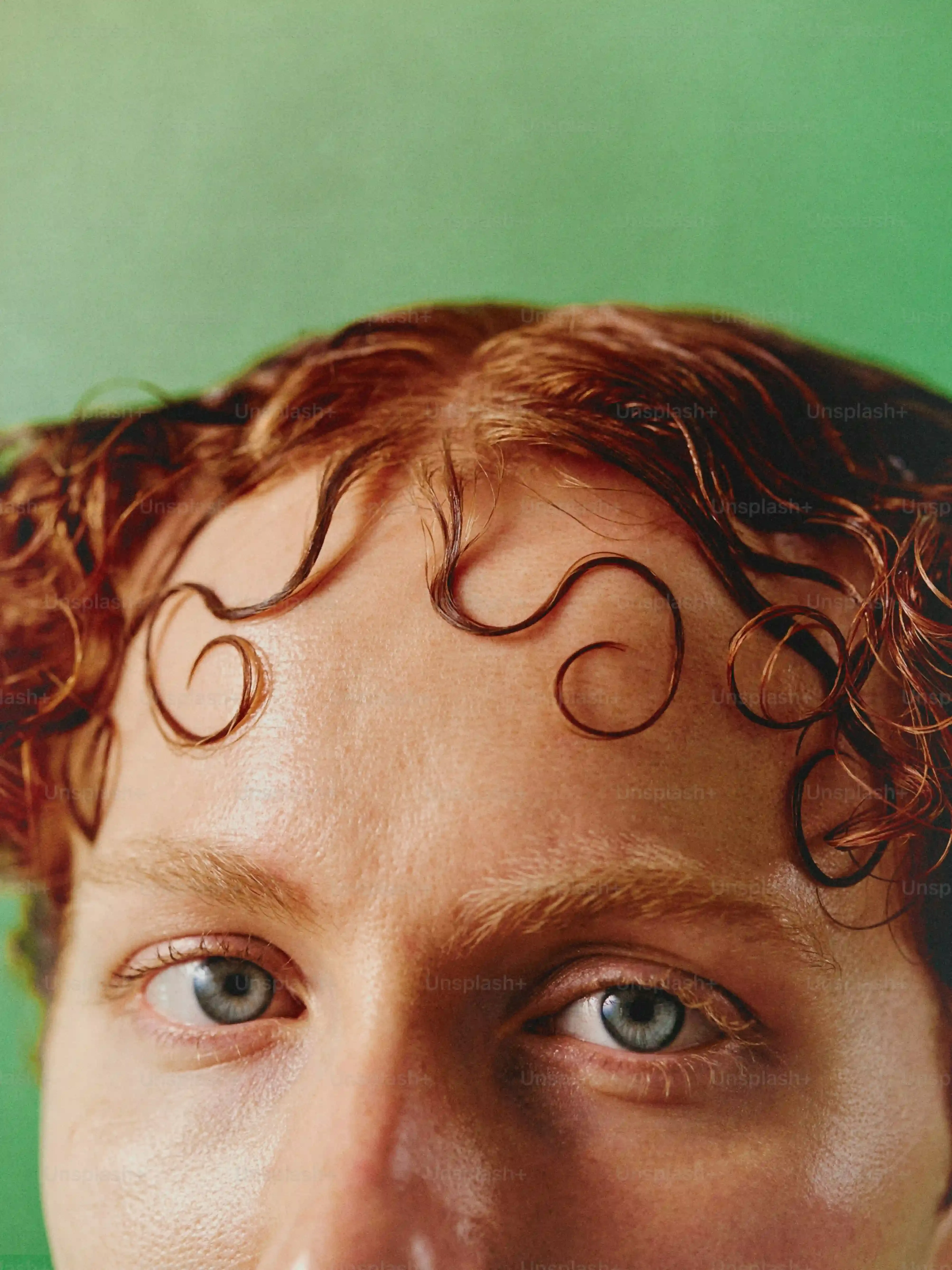
Why the Butterfly Cut Works Wonders on Curly Hair
Why the Butterfly Cut Works Wonders on Curly Hair
Alright, let's get down to why this cut isn't just a passing trend for straight hair folks. If you've got curls, you know the struggle is real when it comes to getting shape and avoiding that bottom-heavy look. Why the butterfly cut works wonders on curly hair comes down to its strategic approach to layering. Instead of just thinning out the ends or adding layers that fall flat, the butterfly cut focuses on creating shorter pieces around the face and crown. This immediately tackles the issue of weight at the top, allowing your curls to spring up and giving you that coveted volume and lift right where you need it. It’s like giving your curls permission to defy gravity.
Choosing the Right Butterfly Cut for Your Curl Type
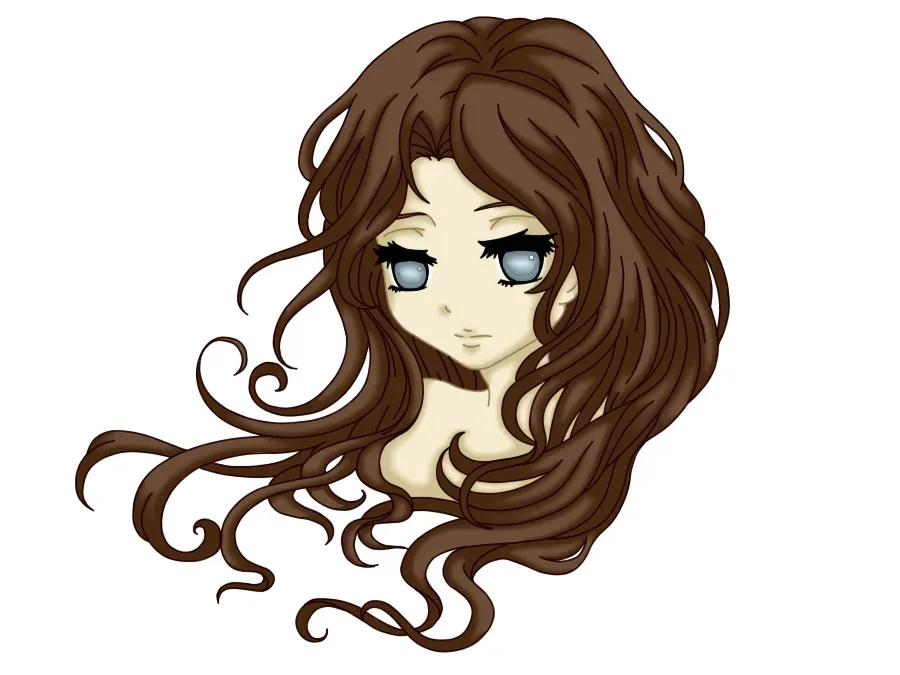
Choosing the Right Butterfly Cut for Your Curl Type
Matching the Cut to Your Curl Pattern
so you're sold on the idea of a butterfly cut hair curly hair, but how do you make sure it actually works for *your* specific texture? Not all curls are created equal, right? A wavy pattern (think 2A-2C) needs a different approach than tight coils (4A-4C). For looser waves and curls, the layers can be a bit longer and blended more softly. The goal is movement and volume without disrupting the wave pattern. For tighter curls and coils, the layers need to be more defined and often shorter, especially around the crown, to really encourage that upward lift and prevent the style from collapsing. It's about understanding how much shrinkage your hair has and cutting accordingly so the layers actually *layer* when dry, not just disappear into the bulk.
Considering Density and Face Shape
Beyond the curl pattern itself, your hair's density plays a huge role in how a butterfly cut will look. If you have fine curly hair, too many aggressive layers can make it look thin. The stylist needs to be strategic, focusing on fewer, well-placed layers to create volume without sacrificing fullness. Thick, dense curls, on the other hand, can handle more layering. This is where the butterfly cut really shines for thick hair, removing bulk and creating shape that prevents it from looking like a heavy helmet. Your face shape matters too. Shorter, face-framing layers can highlight cheekbones or jawlines, while longer layers can soften angles. A good stylist considers all these factors – curl pattern, density, and face shape – when tailoring the butterfly cut hair curly hair.
- Loose Waves (2A-2C): Softer, longer layers
- Defined Curls (3A-3C): More noticeable, strategic layers
- Tight Coils (4A-4C): Shorter, distinct layers for maximum lift
- Fine Density: Fewer, carefully placed layers
- Thick Density: Can handle more layering for bulk removal
Talking to Your Stylist
This isn't a DIY kind of haircut, especially with curls. You need a stylist who understands curly hair and, ideally, has experience with the butterfly cut on textured hair. Bring pictures – lots of them – showing what you like and what you definitely *don't* like. Be clear about your goals: Do you want maximum volume? More shape? To reduce bulk? Explain your daily styling routine too. Someone who air dries will need a slightly different cut than someone who religiously diffuses. Don't be afraid to ask questions about how they plan to cut your hair and why. A good stylist will explain their process and how the butterfly cut hair curly hair will work with your specific texture. It's a collaboration, not a dictatorship.
Styling Your Butterfly Cut Hair Curly Hair
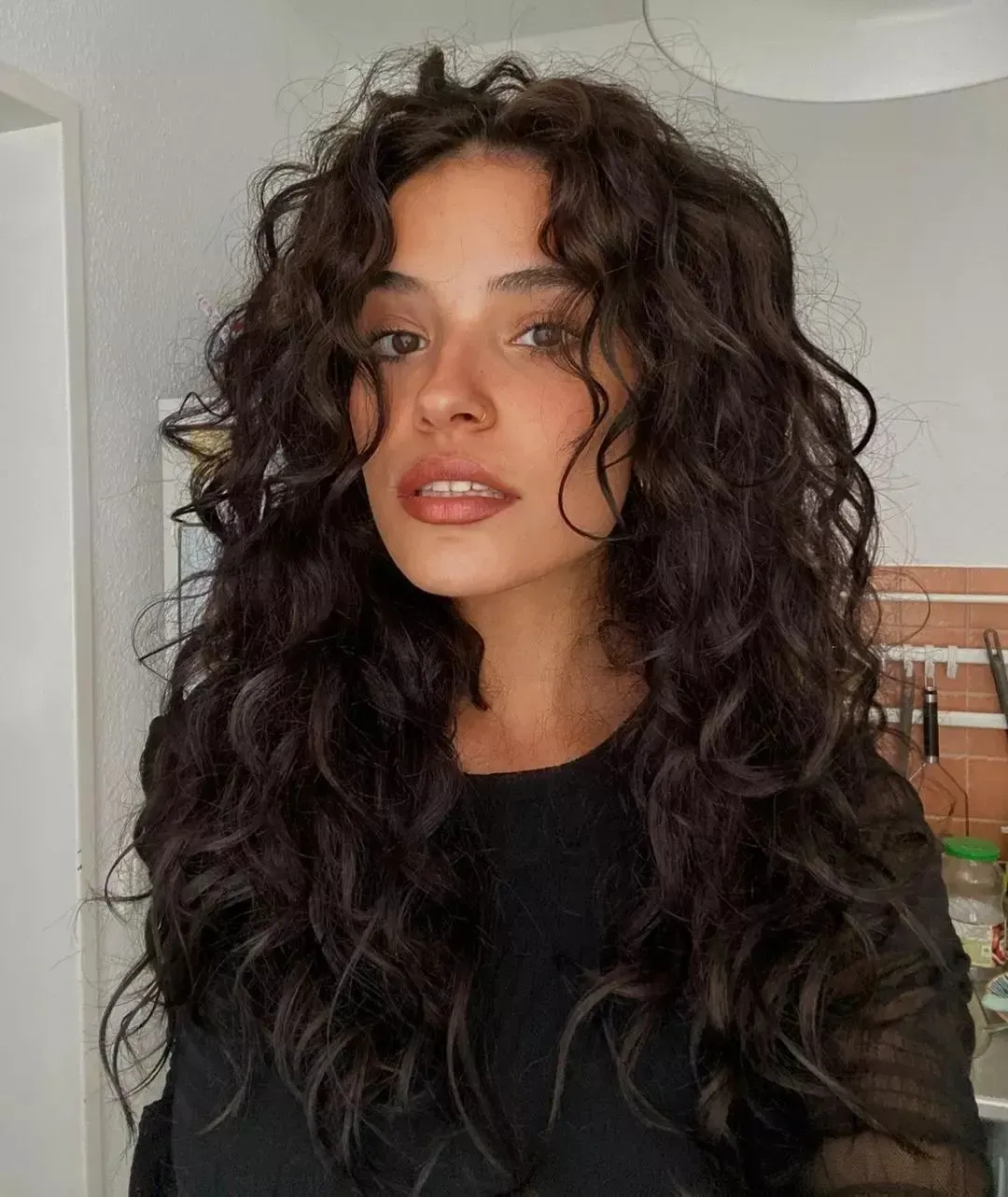
Styling Your Butterfly Cut Hair Curly Hair
Alright, you've got the cut, now how do you make that butterfly cut hair curly hair really fly? Styling is where the magic happens, and it's all about encouraging those layers to do their thing. Forget heavy products that weigh down your new shape. You want lightweight mousses, gels, or creams applied evenly from root to tip on dripping wet hair. Scrunching is your best friend here; really work the product in to define those curl clumps, especially focusing on the shorter layers around your face and crown. This is what helps create that airy, voluminous effect the cut is known for. Air drying is an option, but diffusing upside down or from the sides will give you maximum volume and help set those layers perfectly, showcasing the shape of the butterfly cut.
Maintaining Your Butterfly Cut Hair Curly Hair
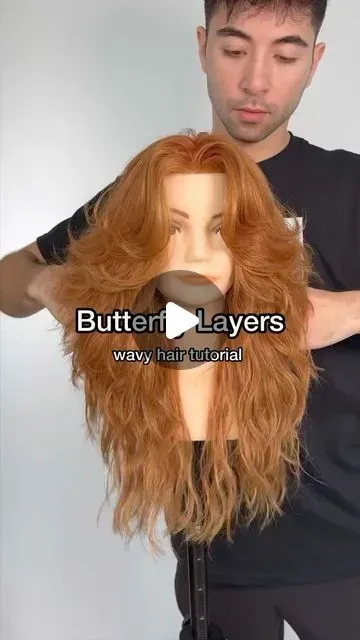
Maintaining Your Butterfly Cut Hair Curly Hair
Regular Trims Are Non-Negotiable
Look, you got this fantastic butterfly cut hair curly hair, giving you shape and bounce. Now, don't let it fall apart. Regular trims are absolutely crucial, especially with curly hair. Curls are prone to dryness and split ends, which can quickly travel up the hair shaft and ruin the shape of your carefully crafted layers. Waiting too long between trims means you'll likely have to cut off more length to get rid of the damage, defeating the purpose of maintaining the cut. Think of it like getting the oil changed in your car; skip it, and you're asking for trouble down the road. Aim for a trim every 3-4 months, or even sooner if you notice split ends creeping in. Find a stylist who specializes in curly cuts and understands how the butterfly shape needs to be preserved as it grows out.
Hydration and Product Choices Matter
Maintaining the integrity of your butterfly cut hair curly hair heavily relies on keeping your curls healthy and hydrated. Dry, brittle curls won't hold their shape and those beautiful layers will look sad and undefined. Deep conditioning treatments are your best friend here; do one at least once a week. Pay attention to the products you're using too. Heavy silicones and sulfates can build up, weighing down your layers and masking your natural curl pattern. Opt for lightweight, curl-friendly products that provide moisture and definition without stiffness. Remember, the goal is bouncy, defined layers, not crunchy, product-laden ones. Protecting your hair at night with a silk or satin bonnet or pillowcase also helps prevent breakage and frizz, keeping those layers looking sharp.
- Schedule trims every 3-4 months.
- Deep condition weekly.
- Use sulfate-free shampoos and moisturizing conditioners.
- Choose lightweight styling products.
- Protect curls at night with silk or satin.
Common Questions About the Butterfly Cut on Curly Hair
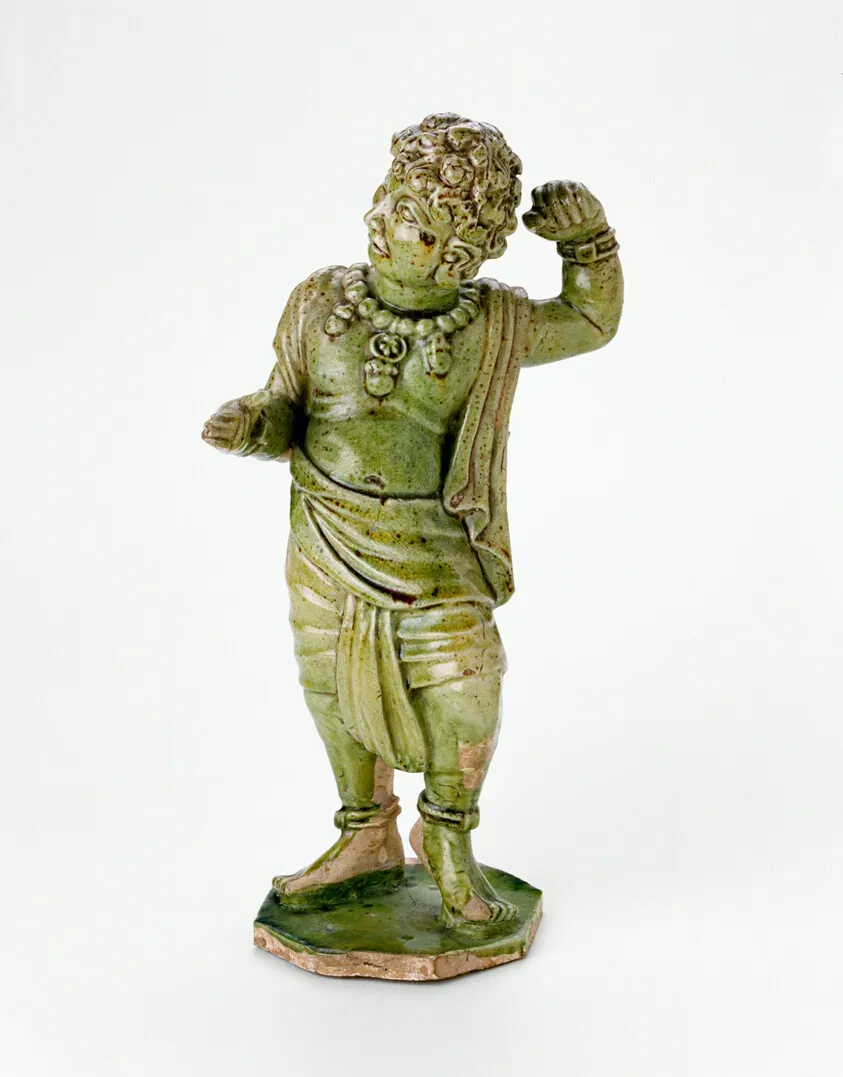
Common Questions About the Butterfly Cut on Curly Hair
Addressing Common Concerns
so you're thinking about taking the plunge and getting a butterfly cut hair curly hair, but you've got questions swirling. Totally fair. One of the big ones I hear is, "Will this cut make my hair a frizzy mess?" It's a valid fear, especially if you've had bad experiences with layers before. The truth is, a well-executed butterfly cut on curly hair *shouldn't* increase frizz. In fact, by removing weight and allowing your curls to clump better, it can actually help *reduce* frizz. The key is the precision of the layers and how they're cut to work with your curl pattern, not against it. If your stylist just hacks away, yeah, you might end up looking like a fuzzy dandelion. But if they know what they're doing, the shape encourages defined curls, which means less frizz.
Another frequent concern is losing too much length. The whole point of the butterfly cut is the illusion of length, remember? While you are removing hair, particularly shorter pieces up top and face-framing bits, the longer layers underneath stay mostly intact. When styled, the shorter layers sit on top of the longer ones, creating that full, voluminous look without sacrificing the look of overall length from the back. Think of it as strategic removal for maximum visual impact. You're trading some actual length you might not even see for bounce, shape, and volume you definitely will.
Common Concern | Reality with a Good Butterfly Cut |
|---|---|
Increased Frizz | Often reduced frizz due to better curl clumping and weight removal. |
Losing Too Much Length | Creates the illusion of length while adding volume; overall length from the back is largely preserved. |
Styling Difficulty | Can simplify styling by creating a natural shape; requires proper product and technique. |
What about styling time? Some people worry that having more layers means more work. Initially, you might need a little practice figuring out how to make those new layers pop. However, many find that once they get the hang of it, styling a butterfly cut hair curly hair is actually faster because the shape is already built into the cut. Products can distribute more easily, and diffusing or air drying often yields better results with less manipulation needed compared to a one-length cut or poorly layered hair. It's less about forcing a style and more about enhancing what the cut is designed to do.
"Can I still tie my hair up?" Absolutely. The shorter face-framing layers might fall out, creating a softer look around your face when your hair is in a ponytail or bun, which many people actually prefer. If you want a super sleek, pulled-back look with no pieces falling out, you might need a few extra bobby pins or a stronger hold product for those shorter bits. But for a casual pony or messy bun, those face-framing layers add a nice touch. It doesn't limit your updo options dramatically.
- Does it work on all curl types? Yes, but the cut needs to be tailored to your specific pattern and density.
- Will it look weird as it grows out? Regular trims are key, but the layered nature often grows out more gracefully than blunt cuts.
- Is it high maintenance? It requires proper hydration and product, but the styling can be less effort once you know how.
Finally, for those with very tight coils, the butterfly cut is still an option, but it requires a stylist who is *highly* skilled in cutting 4A-4C hair. The shrinkage is significant, so the layers need to be cut with that in mind to ensure they actually show up and provide the desired lift and shape. It's not a cut to get at a place that doesn't specialize in textured hair. When done correctly, it can provide beautiful definition and volume that's hard to achieve otherwise. So, while concerns are understandable, most can be mitigated with the right stylist and a solid hair care routine.
Embracing Your Curls with the Butterfly Cut
So, there you have it. The butterfly cut isn't just for straight or wavy hair; it's a legitimate, often fantastic, option for curls when approached correctly. It's about working with your texture, not against it, using those strategic layers to build volume where you want it and carve out face-framing pieces that highlight your features. Getting this cut means saying goodbye to flat, lifeless curls and hello to bouncy, dynamic shape. Remember, communication with your stylist is key, as is adapting your styling routine slightly to make those layers pop. It might take a little tweaking, but the potential for truly stunning, voluminous curly hair is well worth the effort.